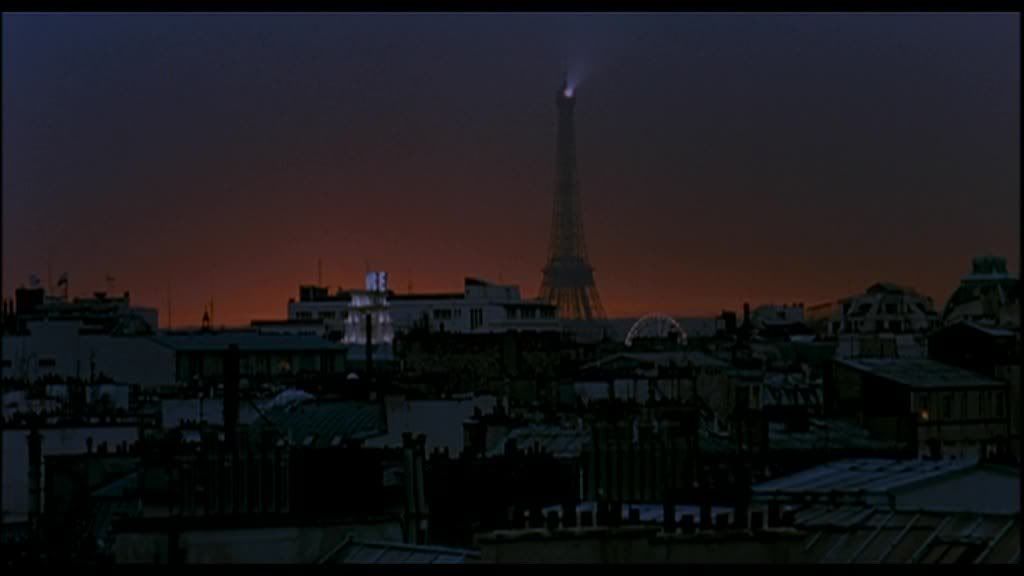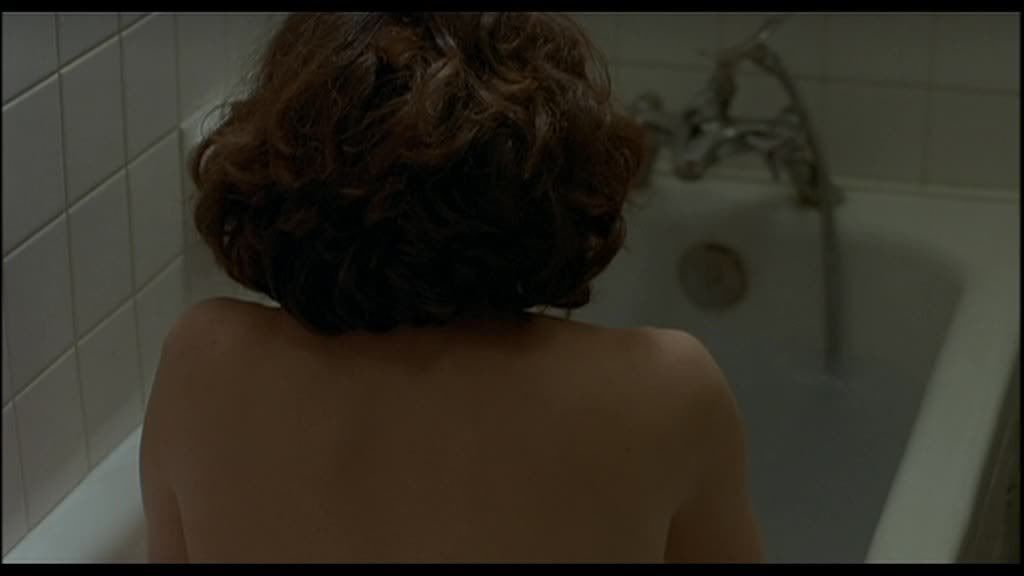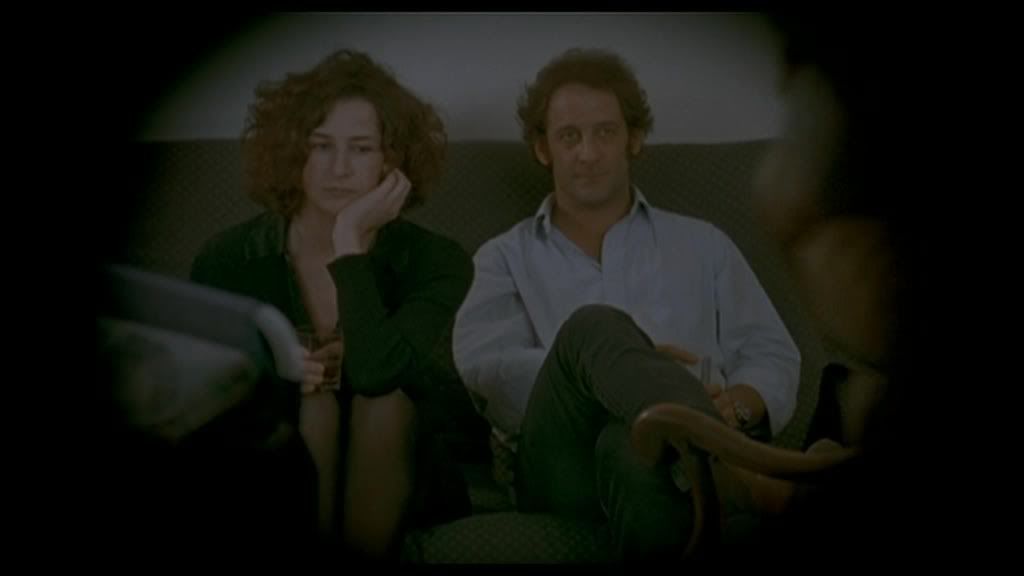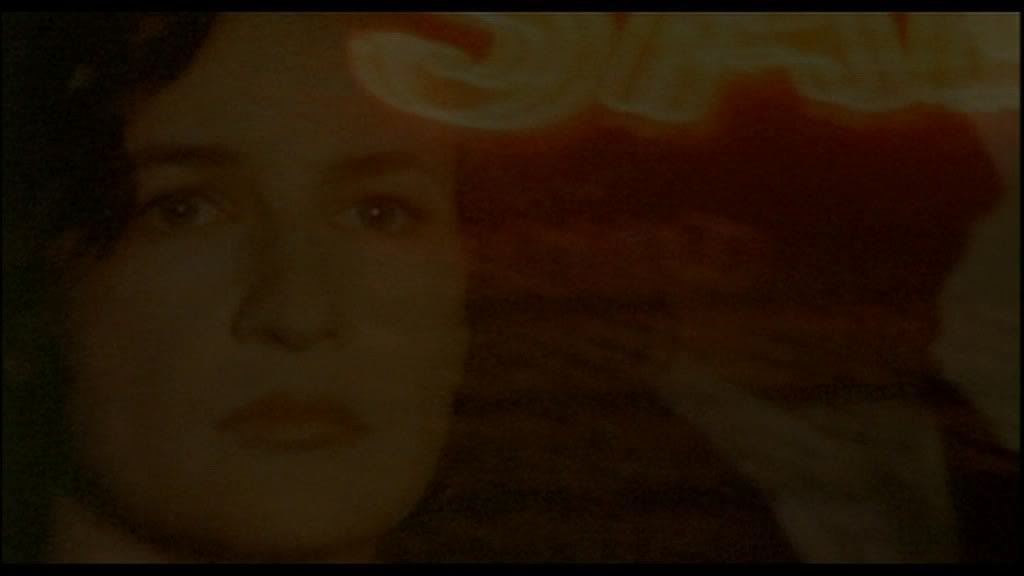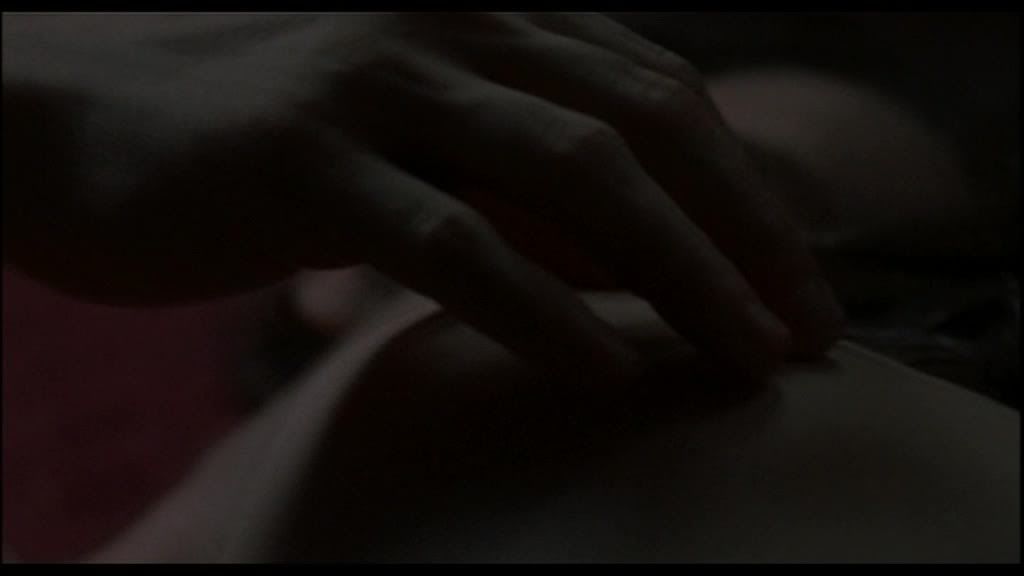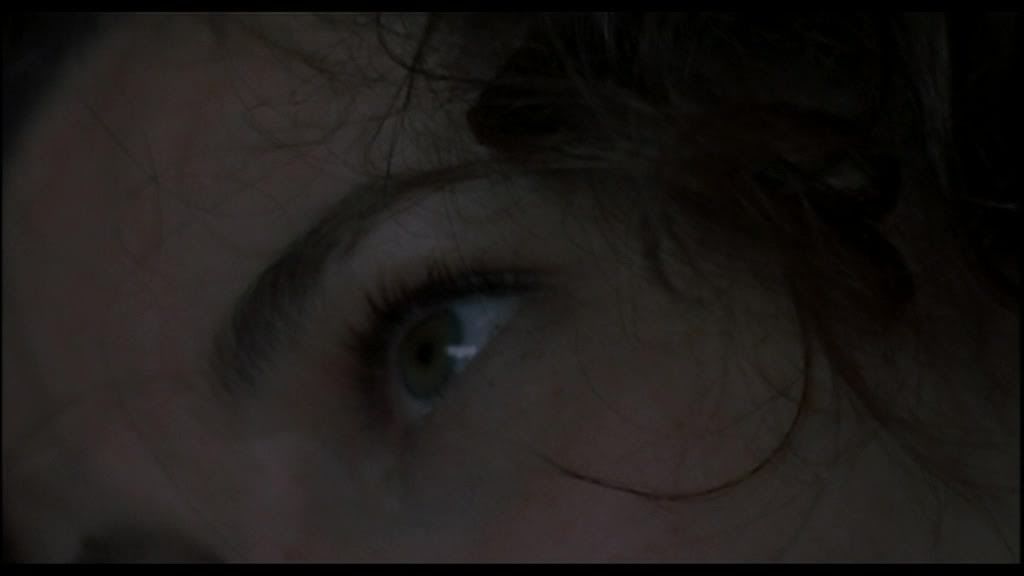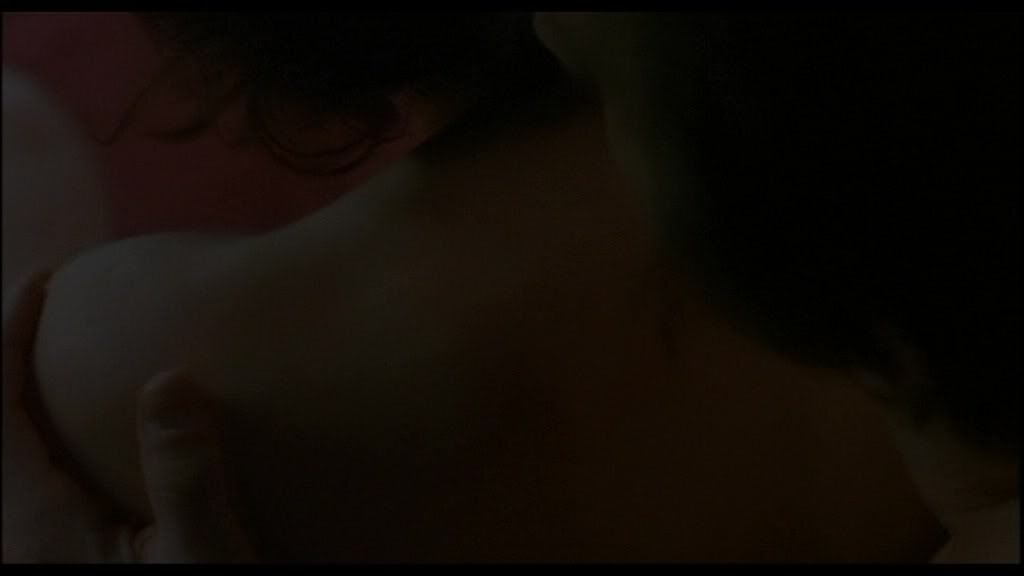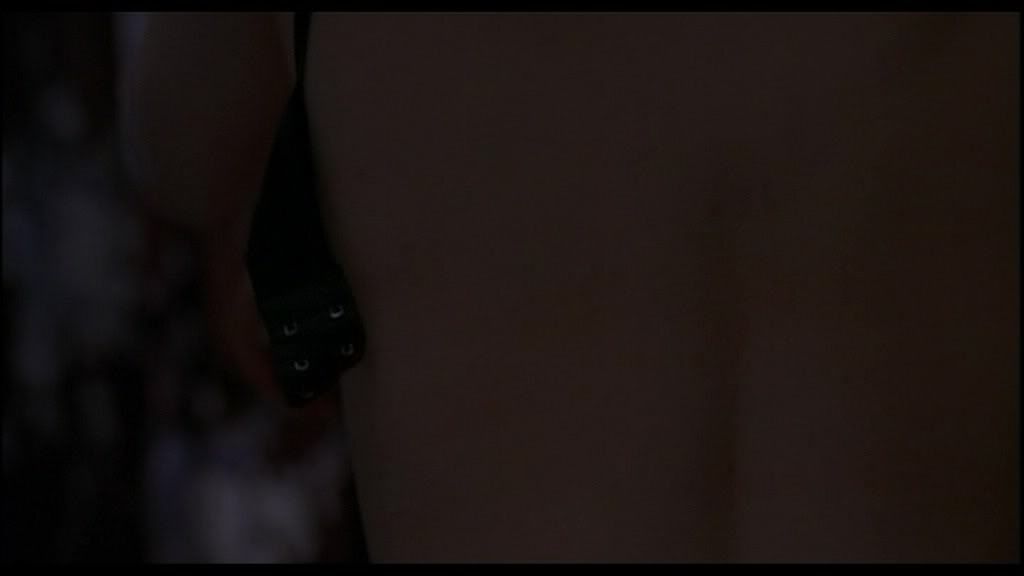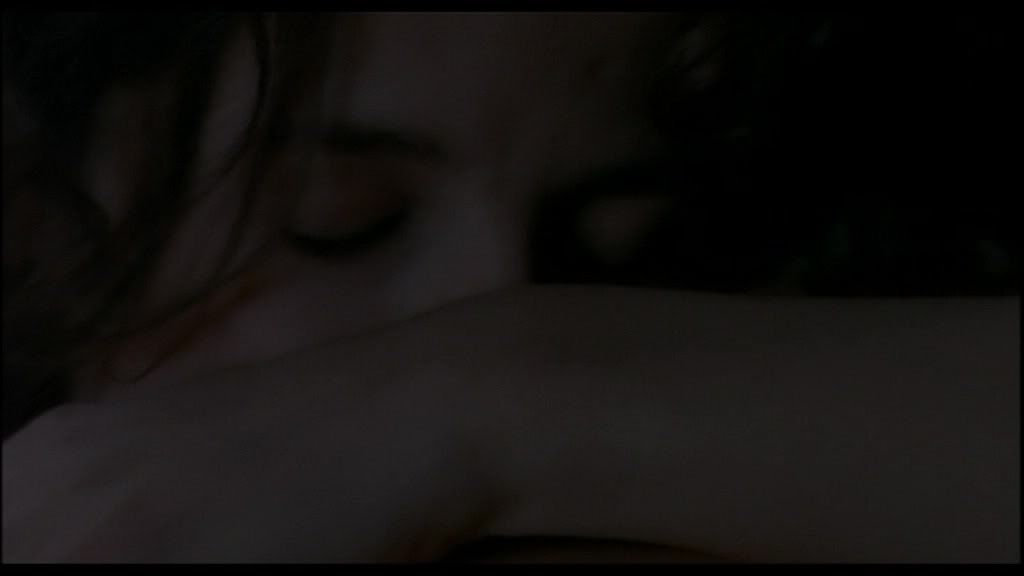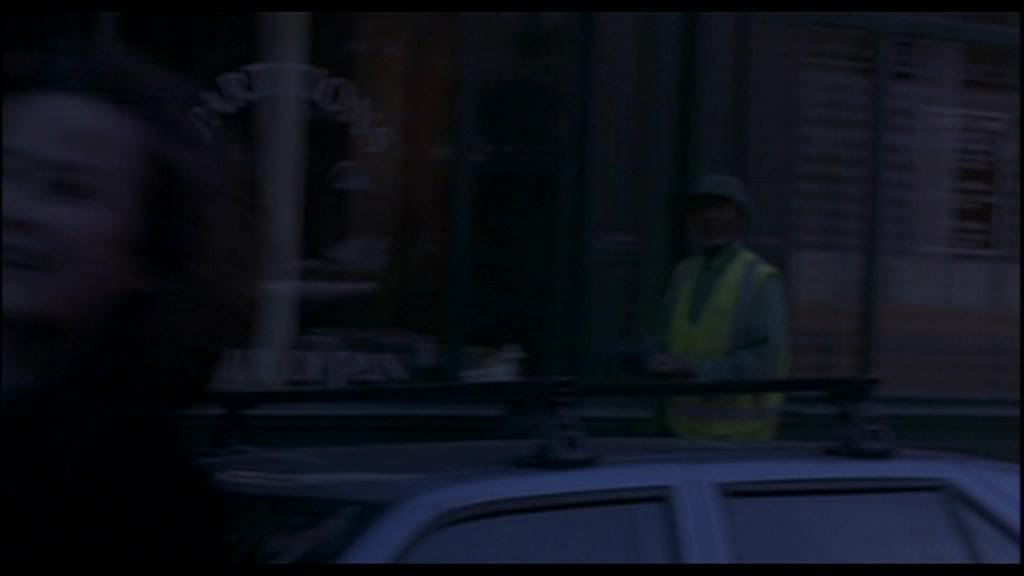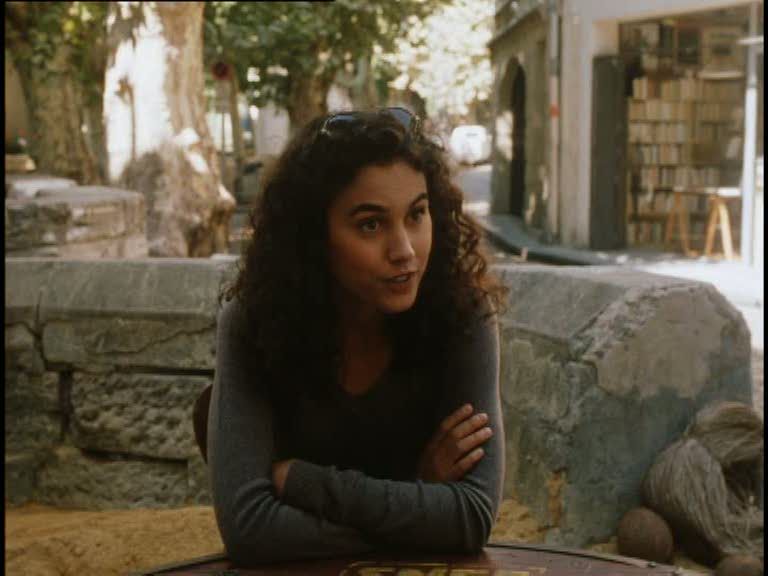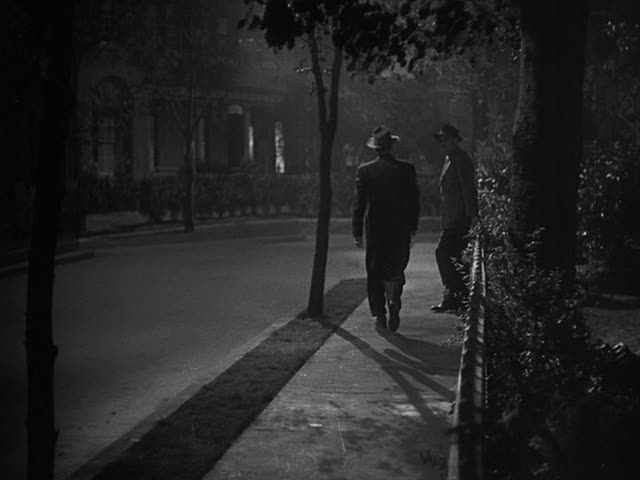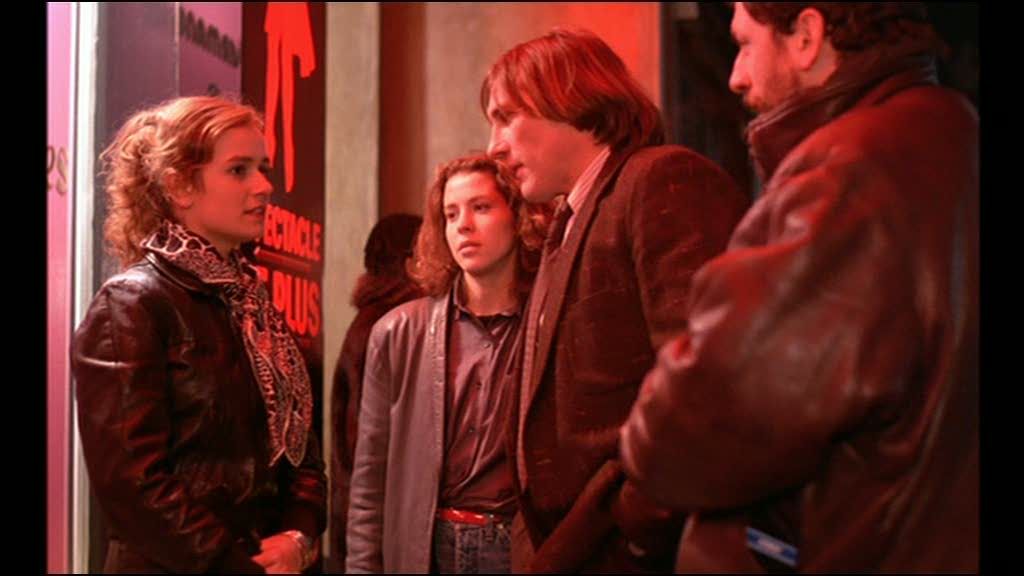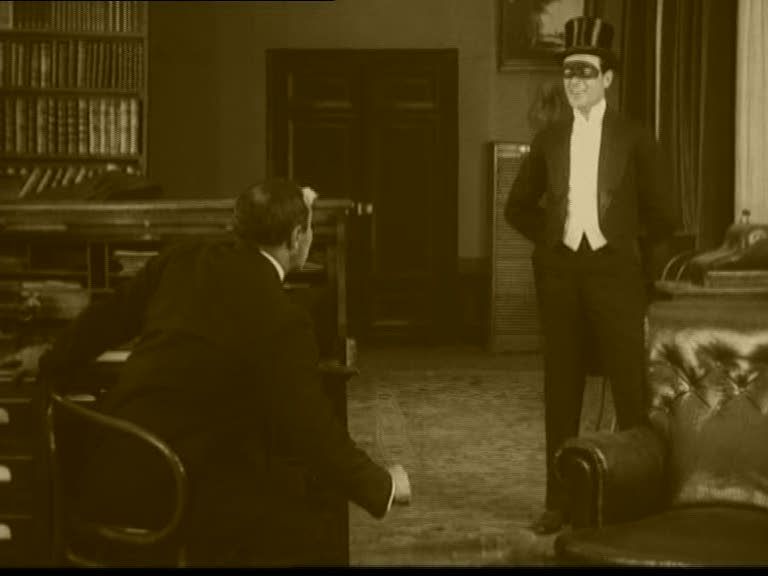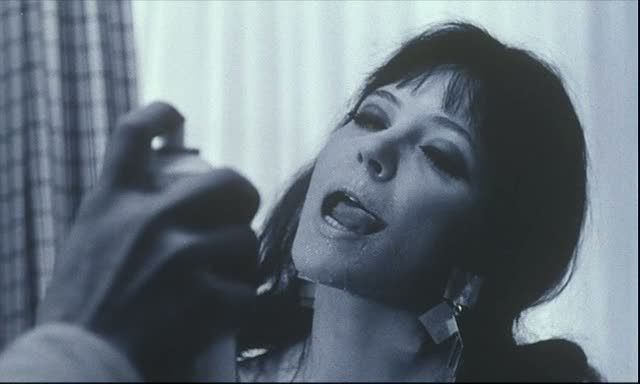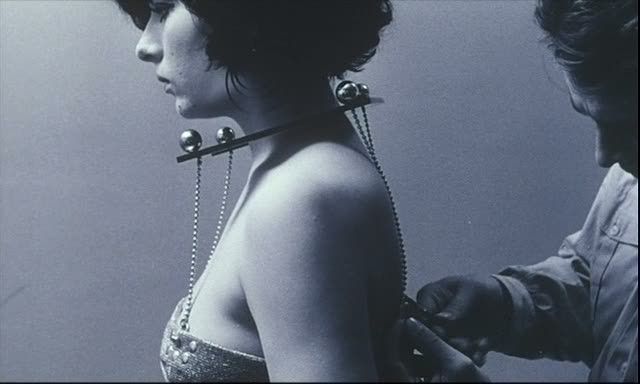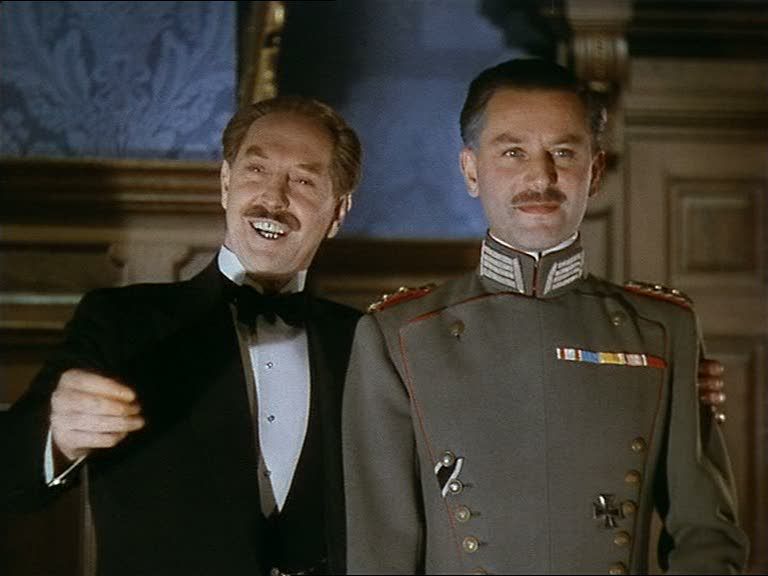
Mikio Naruse was, throughout the 50s, an unflinching chronicler of the often miserable conditions facing people — women, especially — in post-war Japan. Late Chrysanthemums is a particularly harrowing example of this director's hyper-detailed, nuanced, quietly moving portrayals of people suffering within a ruined and humbled nation. Naruse is concerned with the dismal state of the Japanese economy in the post-war era, and the ways in which the lack of money and opportunities affected the relationships between people. Everything becomes about money, every conversation has money at its root: how to get it, how to keep it, what to spend it on if one has it.
The film is focused on a quartet of middle-aged women friends, all of whom had been geishas together in their youth but who are now lonely and struggling. Of the four, Okin (Haruko Sugimura) is by far the best off. She is a shrewd moneylender, and when the film opens she is making her rounds of Tokyo, demanding payment from the various people — many of them her friends — who owe her money. She is obsessed with accumulating wealth, though she never seems to spend it on anything. She invests her money in real estate and accumulates more, and she earns interest on her loans, and her wealth keeps gathering as an aim unto itself. There is nothing she wants to buy, nothing she's saving for, and no one in her life who she can share her fortune with. She simply wants the money, and feels no guilt or hesitation in shaming her friends into paying her back faster, taking whatever they can scrape together for her from their meager salaries.
While Okin prospers, her friends Tamae (Chikako Hosokawa) and Tomi (Yûko Mochizuki) are just barely getting by, while Nobu (Sadako Sawamura) at least has her bar to earn a steady income. Tamae and Tomi are not so lucky, and they have to make do with whatever odd jobs they can hold onto, often doing hard and demeaning work as maids or cleaners. They both have grown children who are ungrateful and are now leaving to start their own lives, getting married and moving away, leaving their mothers lonely and without any real means of support. This is heavy, depressing material, draining in its effect, but Naruse treats it with a direct, no-nonsense style that accentuates the casual realism of the story. His unobtrusive style is quite distinct from the stylized framings of his contemporary Yasujiro Ozu, to whom he is so often compared. Naruse prefers not to call attention to himself, not to aestheticize his images in quite the same way. Rather, his style appears in the languid rhythm of his editing, which breathes with the flow of daily life. The film is comprised almost entirely of dialogue scenes in which the characters interact and bounce off one another, airing their problems and grievances. Naruse's crisp, intuitive cutting tends to circle around a scene from every angle, breaking up the dialogue so as to avoid conventional shot/counter-shot patterns that follow the speech. Instead, Naruse sometimes focuses on the speaker, sometimes on the listener, and sometimes cuts around the room to two-shots filmed from eccentric angles, as though hoping to catch these characters unawares.

Naruse's style shows itself in other subtle ways as well. He is particularly concerned with objects, with the concrete, and money appears constantly throughout the film: there are many scenes of Okin counting money, rifling through stacks of bills and then placing them inside her kimono. Later, she mimics the gesture when she receives a letter from her old lover Tabe (Ken Uehara), for whom she still fosters warm feelings and fond memories. Anything that she cherishes she keeps close to her heart, inside her garments, and she treats her wads of money and a letter from the man she loves with the same sacred reverence. Naruse is careful to accentuate the way these gestures — one of greed and one of desire — mirror one another.
He also finds the mirroring in the two men who visit Okin's home over the course of the film. The first is Seki (Bontarô Miyake), a man who had once loved Okin so desperately that he tried to kill her and then himself; he wanted them to die together as a gesture of perfect love. He failed, however, and destroyed the rest of his life in the process. Now it is many years later and he comes crawling back to her, begging for money, but she is scornful and sends him away. His departure is iconic. Naruse places his camera in Okin's entranceway, facing towards her door, behind her seated form as she watches Seki leave. After he closes her screened front door, his shadow is briefly visible through the door, while Okin turns to the side, unable even to look at this wispy fragment. Later, when Tabe visits, Okin is excited and is careful to make herself up nicely for him, but it turns out that he too has changed greatly, has been drained of his passion. He gets drunk over the course of the night and becomes pathetic, begging her for a loan, which she refuses. When he leaves in the morning, sobered up, his departure mirrors Seki's exactly, with Okin sitting on the opposite side of the entranceway, watching his shadow through the door as he leaves.
The utilitarian elegance of Naruse's imagery reflects his concern with the lives of average Japanese people, living in a society unbalanced by the shame of a lost war and the utter decimation of their economy. Further, he is documenting a culture on the verge of drastic upheavals: the geisha lifestyle that these women knew as young girls is no longer the same, and all around them are the signs of the steady encroachment of Western ways. They still dress in kimonos and cling to the old ways, but not everyone on the streets does. This is most strikingly demonstrated in the penultimate scene, in which Tamae and Tomi see a young girl in a tight sweater and slacks come bouncing along the street, doing the signature Marilyn Monroe walk, with her hips swiveling pneumatically. The older women giggle like schoolgirls and attempt an impersonation, but they know that this is "grotesque," that they are not a part of this new culture that seems to be developing. They have been left behind. Even the rare comedic moments like this are layered with a note of the bittersweet, the melancholy. This is a grim, dark film, a tragedy of minor failures and loneliness. There are no big tragic events, no devastating shocks, only small details from everyday life, an accumulation of insignificant incidents and conversations that together create a portrait of a society slowly drowning, desperately floundering and kicking to keep its head above the water.



